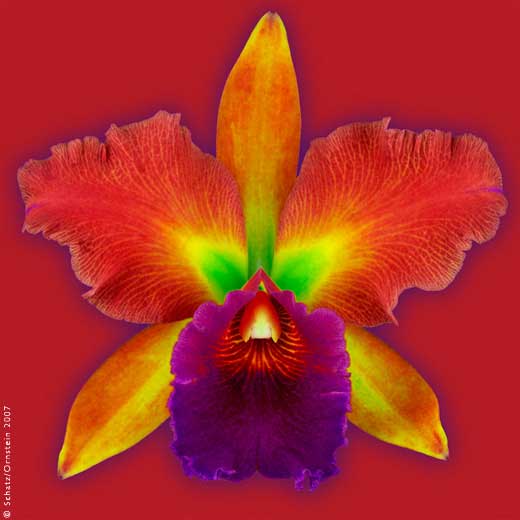"Pillars of Creation" An 'Illusion' Vaporized by a Supernova Explosion 6,000 Years Ago.

A striking image from Spitzer (below) shows the intact dust towers next to a giant cloud of hot dust thought to have been scorched by the blast of a star that exploded, or went supernova. Astronomers speculate that the supernova's shock wave could have already reached the dusty towers, causing them to topple about 6,000 years ago.

The pillars are composed of cool molecular hydrogen and dust that are being eroded by photoevaporation from the ultraviolet light of relatively close and hot stars. The leftmost pillar is about four light years in length. The finger-like protrusions at the top of the clouds are larger than our solar system, and are made visible by the shadows of Evaporating Gaseous Globules (EGGs), which shields the gas behind them from intense UV flux. EGGs are themselves incubators of new stars.
If you liked this article, subscribe to the feed by clicking the image below to keep informed about new contents of the blog:



















Comments
Post a Comment